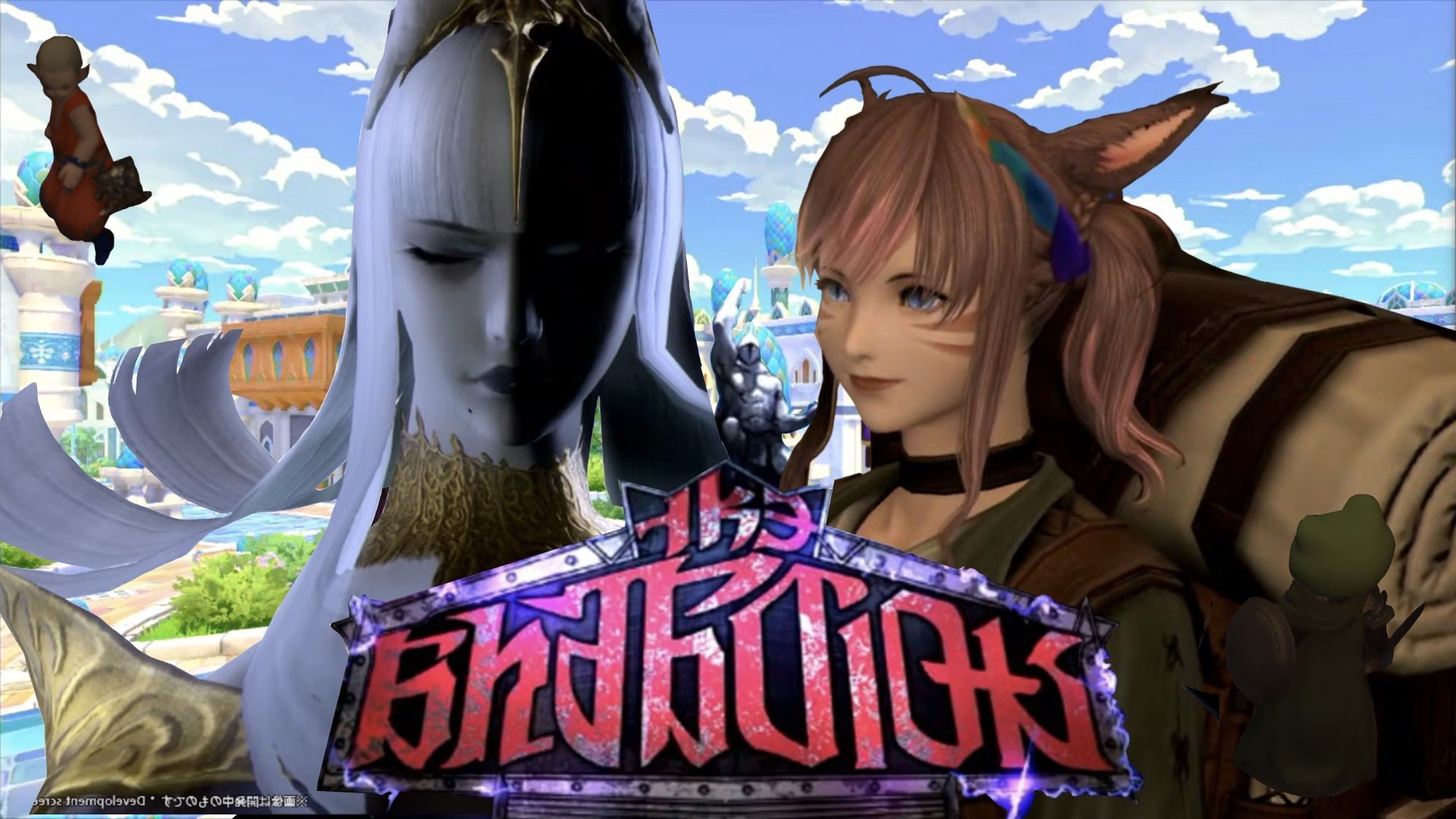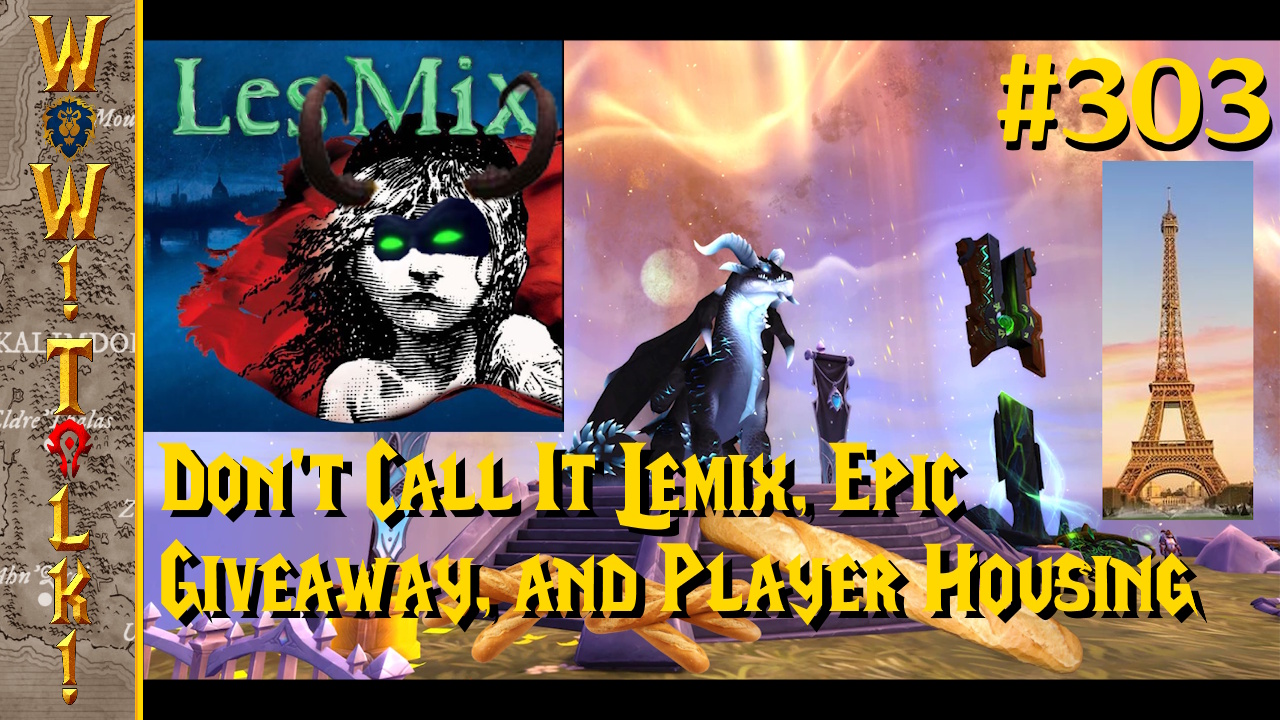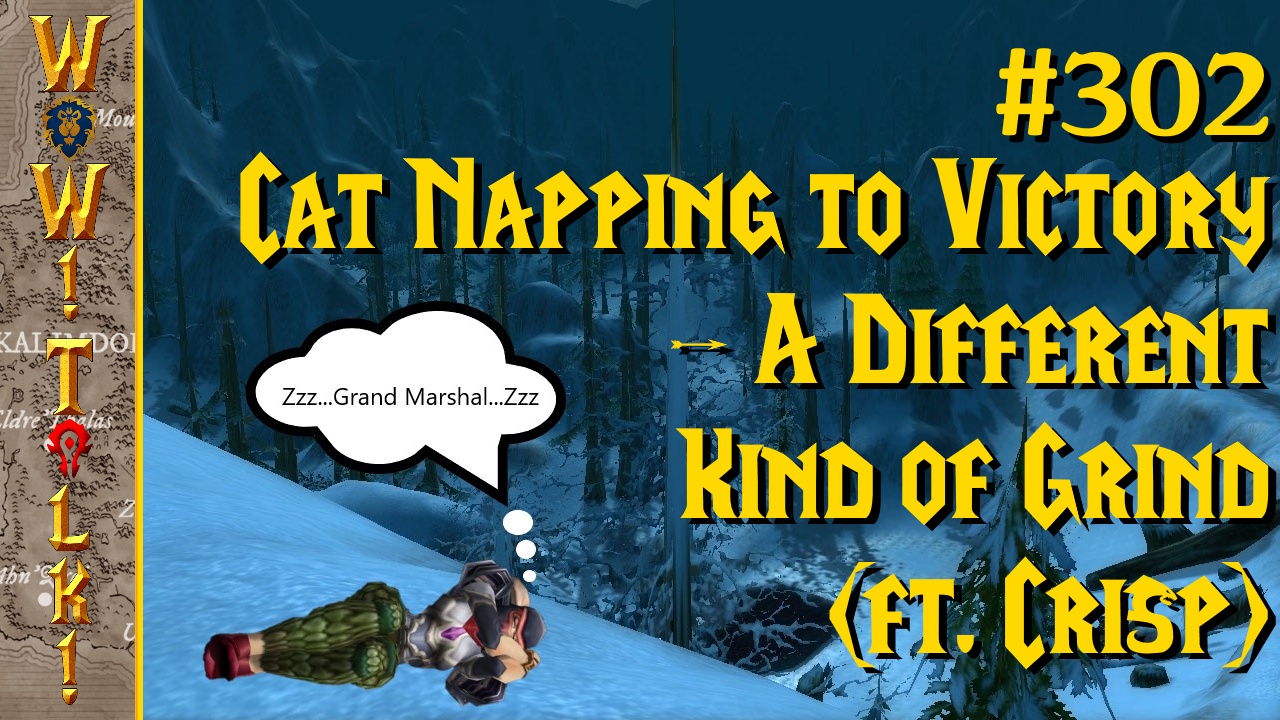
My interest in Anodyne was piqued when I saw how much it looked like the old Game Boy Color Legend of Zelda games I used to love. I would have been happy with it if it had just been content to be an excellent clone, but Anodyne is so much more than I expected it to be. It’s a challenging top-down action game with beautiful pixel art, a mood-twisting soundtrack, and a surreal storyline. Sean Hogan and Jonathan Kittaka have made magic with this game, creating a world that I could be afraid to enter but never want to leave.
If I love the world so much, why be scared to enter it? Well, the first thing that really showed me that this game was no shameless Legend of Zelda clone was the music. I expected to start the game with an adventurous tune, something to get me in the mood for crossing the countryside and fighting monsters. Instead, I was treated to a few sombre pieces that left me with this sense that things really weren’t quite right. They didn’t seem to match up with the almost-silly dialogue I was being told, but I didn’t pay it much attention. When I stepped out into the grassy fields outside the first dungeon and that world’s music began to play, though, I started to feel a little bit of dread creeping into me. The music just screamed that this wasn’t a safe place for me to be.
I don’t think I ever really felt all that safe in the world for the rest of the game because of its music. There are almost no upbeat or cheerful tracks in the game; the closest being the lonely sounds that play in the game’s mountainous area. The forest track has a similar feeling to it, but the music still seemed to hint that something was wrong there. In most of the rest of the game the music makes it completely clear that you’re wandering around some dangerous places. It’s filed with odd note choices and pitches that strain your courage, never letting up on the oppressive atmosphere. I absolutely adored it, and it changed the entire feeling of the game. Instead of being a boy out looking for adventure, I felt more like a stranger exploring a hostile land; I felt like I was in real danger.

While the music is meant to instill dread, it’s also genuinely beautiful. The music feels very natural in the environments, clearly designed to complement what I was seeing on the screen. It just makes every other aspect of the game stronger, helping strengthen the game’s surreal elements and just making the playthrough memorable. I often say that the most indicative sign of a good soundtrack is the degree to which it plays in my head when it’s done, and I have the mountain theme running through my thoughts while I’m typing this. I know this paragraph has deteriorated to the point where I’m just gushing about the music, but it really it a fantastic soundtrack and it just makes the game so much better.
What sort of environments do you get for such a moody soundtrack? A huge variety, actually. There are a few predictable locales like mountains and forests, but even these were done with a lush beauty. The developers weren’t afraid to create some amazing vistas that had no actual purpose in the game just because they wanted to. These locations feel like full, actual places; branching off into twisting paths that lead through thick canopies of yellow-green trees or across a lilypad-strewn lake. It’s when the game starts to take the player to stranger places where it really shines, like when you dive into the blood-red waters of a whirlpool. The crimson wasteland beyond that whirlpool is filled with giant creatures and strange plant formations, and I loved exploring the place if only just to look around.
Don’t ever think you know where the game is going to take you, either. I thought I knew what the game had to offer, but that was when it started to take me to some truly strange locations. Keeping up with the bizarre dream-like feel of the game, you don’t know where you’ll go once you cross into a new area. I don’t really want to say much more than that in case I spoil some of the games stranger moments, but suffice to say that they yank the rug out from under you at some point. This game goes places that few games have ever gone to, making the game’s world seem that much stranger because of it.

There are some neat monster designs at work, too, although many of them don’t show up until you beat the first few dungeons. The blobs and bats all seem quaint and helpless when you start off, and you’ll start the game by feeling a bit like an exterminator. You’re dealing with household pests that don’t seem to fight back much. It’s later that the game starts throwing some weirder stuff at you, but again I can’t tell you much without giving away some of what happens later. They’ve come up with some creative stuff that really fits in with those later areas, though.
You will be killing those things with a broom. For some reason, the chosen one has been given a broom to fight evil with, and it’s actually a sweet weapon. You swing it in a straight line in front of you with some decent range, and can get some upgrades so you can fling a little burst of dirt either straight or to either side of your attack. I never found much reason to use the one that widened the dirt toss beyond triggering a few dungeon tiles, but it still provides some more combat options if you need them. That’s your only means of attack, and while it is simplistic the enemies have been made more effective to keep combat interesting. Many creatures move in a chaotic pattern or have spreading attacks that cover several random spots in a broad area, so it encourages the player to stay mobile while fighting. You have to play defensively, sneaking a hit in here or there if you want to survive.
This is especially true of the bosses. I got absolutely pounded by the first boss because I thought I could overpower it, but I really needed to knuckle down and dodge everything I could. Later bosses get to the point of bearing a resemblance to bullet hell shooters; the air filled with various kinds of shots while you’re darting around the screen looking for the one safe spot. Sneaking in that one hit while you’re weaving around the room feels so, so good; especially when the boss finally goes down in flames. There are some genuinely challenging boss fights in the game, and they all look pretty great too. The art for some of these beasts manages to convey this sickening, fluid quality that I haven’t seen since Lone Survivor. They’re hard, and a lot of them are full of gross detail. Take some time fighting the Wall if you don’t believe me. Take a reeeeeeeeeeeeal good look at it.

You get the ability to jump after a couple of areas, so that makes the combat and bosses a little bit easier. That comes as a tradeoff, though, as the developers use that jump as an excuse to put in some truly hateful traps and jumping puzzles in the game. They don’t even wait that long to make them difficult, as I was hopping across narrow platforms while dodging a rolling pillar of spikes within a few minutes of getting the ability. The game demands that you get deft with your jumping ability fast; another reason besides combat that you’ll be getting used to seeing the game over screen. Near the end of the game you often have to complete several rooms of complicated jumps involving pads that increase your speed, with failure resulting in death and having to repeat the rooms all over again. The game is fairly kind with its save points, but you will have to get pretty good with the jumps if you want to see the game’s end. The difficulty is never really unfair and you may surprise yourself with how good you get at some of the jumps, though.
I saw a whole lot of that game over screen, to be honest. My final play time was somewhere around five hours, but it was a lot longer than that if you factored in my deaths. Yes, you can collect more hit points if you explore the game and they do make it easier, but this game racks up the damage fast when you’re clumsy about jumps and fighting. I still wouldn’t say that it was NES-hard, but this game can be pretty difficult. It makes up for it by being generous with save points that refill your life, but it also uses that as an excuse to push the player really hard in between saves. It hits that sweet spot where you want to keep on trying even as you’re on the verge of breaking your controller.
If you manage to fight your way through the game and get to the end, you’re treated with one of the coolest toys since no clipping cheats from back in Doom. You get an item that lets you take one tile and switch it with another, allowing you to create paths to places in the game you shouldn’t be able to get to. Actually, shouldn’t is a strong word since the developers have hidden numerous secret items outside of the game’s normal maps, leaving them for curious players to find if they’re willing to explore everywhere. Sometimes you get nothing but bugged out code, but every once in a while you find a new place you never knew existed. It’s a simple thing, but it gave the game a whole new life after it was done. It’ll be a good long time before I find everything there is to see with that tool.
Getting that item was like starting fresh, reviving that feeling of being lost that I felt at the beginning of the game. When you finally hit the main area and the world opens up to the player, it’s quite daunting. There’s this sense of infinite possibility that’s frightening and exciting at the same time – a feeling that the world is only limited by where I want to go. It feels like a land full of promise and danger, one that I loved every second I spent exploring. I may have to play it a few more times to truly understand the surreal storyline and the meaning behind some of the end game locations, but I’ll happily do it. Anodyne is a good, challenging game that I’d take any excuse to play through again. Sean Hogan and Jonathan Kittaka really have created something great, and I really can’t wait to see the next thing they work on.
Anodyne can be purchased from the developer’s site. If you like it, please vote for it on Steam Greenlight.




